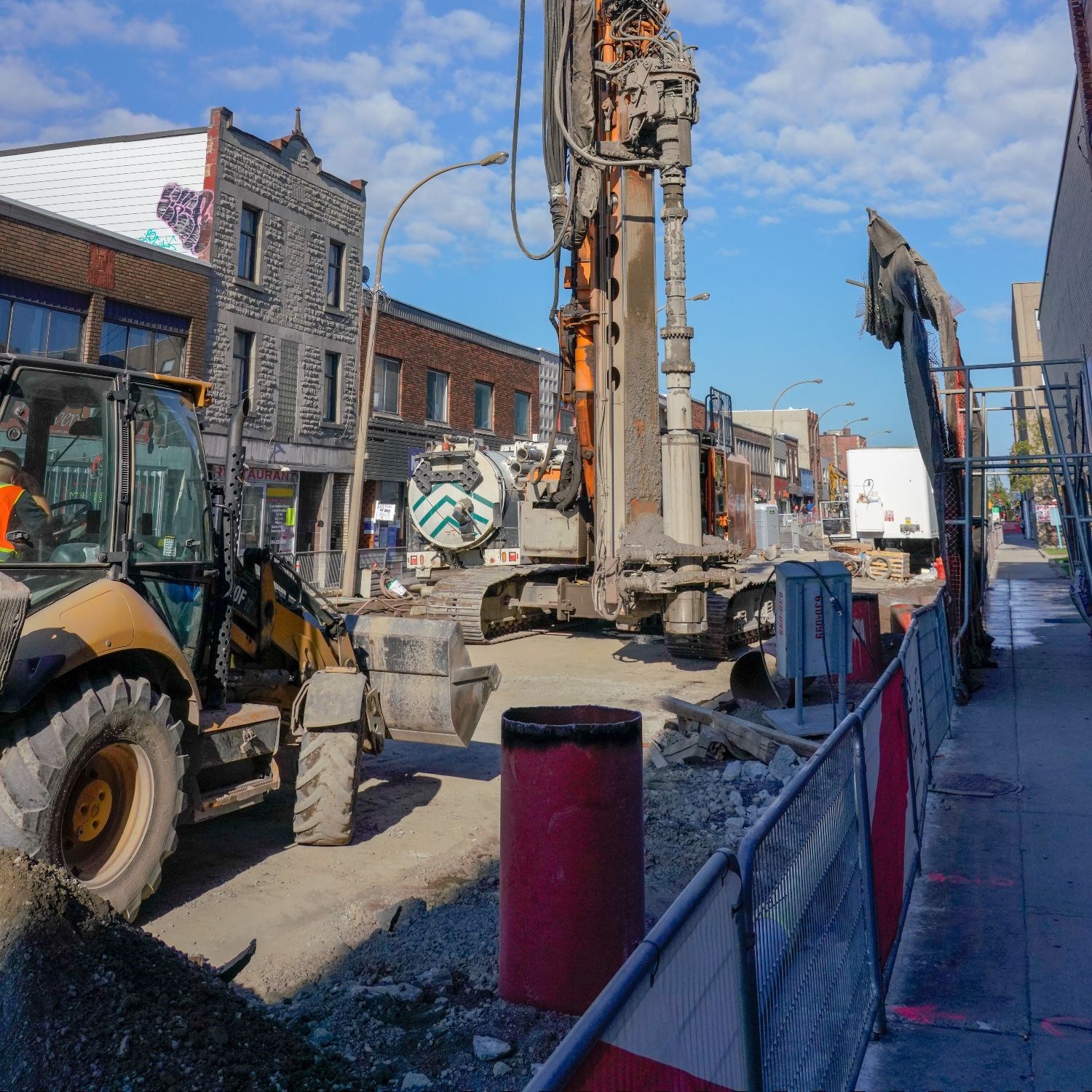3.02.2021
Noise and vibration control in your municipalities
Noise and Vibration control in your municipalities
The MELCC has revised the regulation on environmental quality (R.S.Q., c. Q-2) which invites quarries and sand-pits to self-regulate.
This new requirement comes in addition to the growing demands on municipalities to verify whether infrastructure work, the construction of large buildings, or transportation infrastructures produce disturbing vibration levels. Vibration monitoring is more and more frequently recommended in the context of risk mitigation. By adopting a proactive role, municipalities can require close monitoring of vibrations from quarries and sand-pits in order to preserve the tranquility of the urban environment and facilitate communications with citizens.
For example, many mines in Abitibi are making real-time measurements of vibration levels generated by their operations as part of a communication plan with local communities. In Montreal, the construction of underground infrastructures can generate vibration levels that compromise hospital and data center operations.
Finally, historic buildings are often more fragile and require increased monitoring. To do so, there are many technologies that rely on accelerometer measurements of ground vibrations. Measurements are processed immediately locally and alarms are transmitted instantly to key persons via cellular modem if necessary.
Operations producing high vibration levels often also generate high sound levels. In combination with vibration measurements, it is generally recommended to measure sound levels to prevent major disturbances to the urban environment. In addition, it is now possible to view the data online on secure web platforms. With these new tools, ensuring proactive vibration control is a simple task.
Article published in ADMQ's Scribe magazine (french version only) (Association des directeurs municipaux du Québec)
The technical paper published by Vincent Le Borgne, PhD, Eng. ''Lessons Learned in vibration monitoring''


